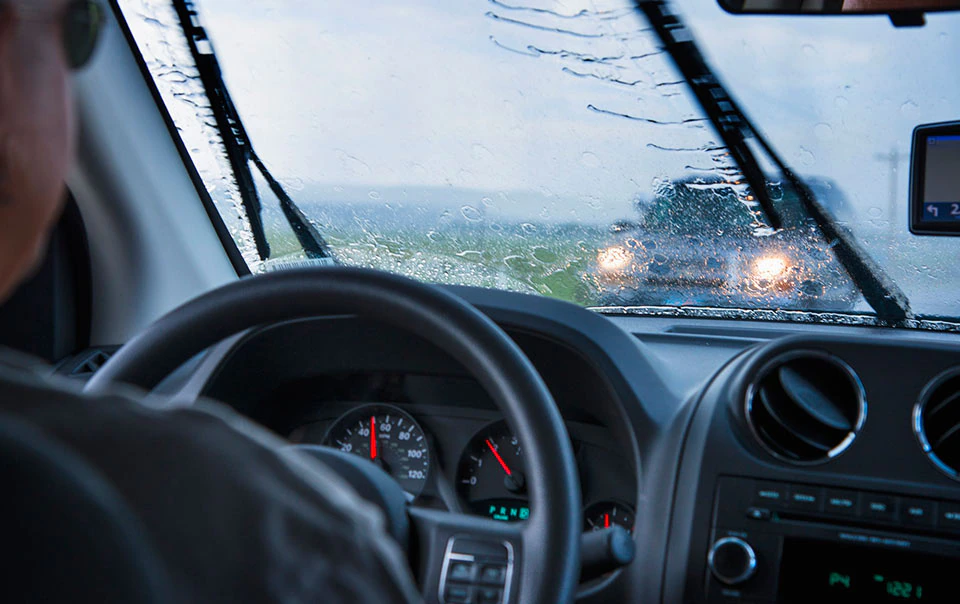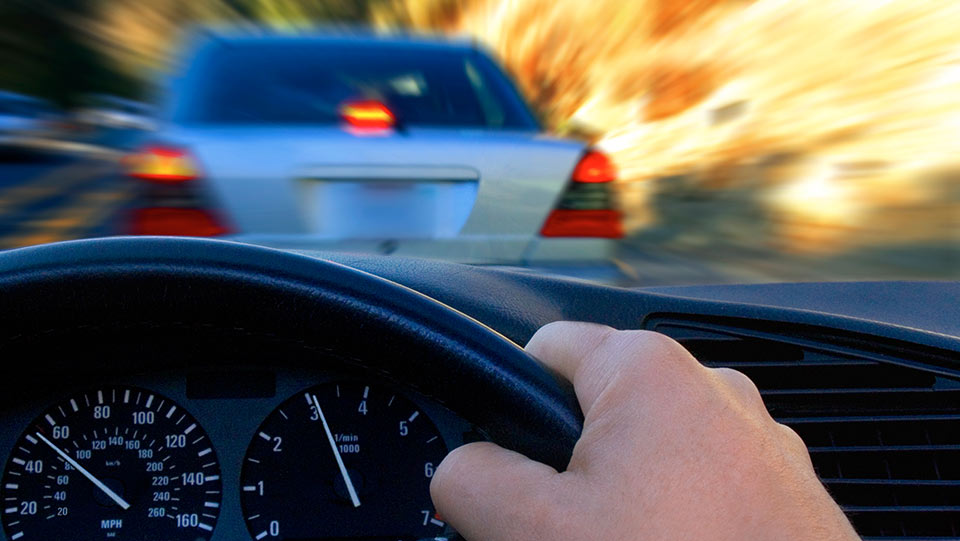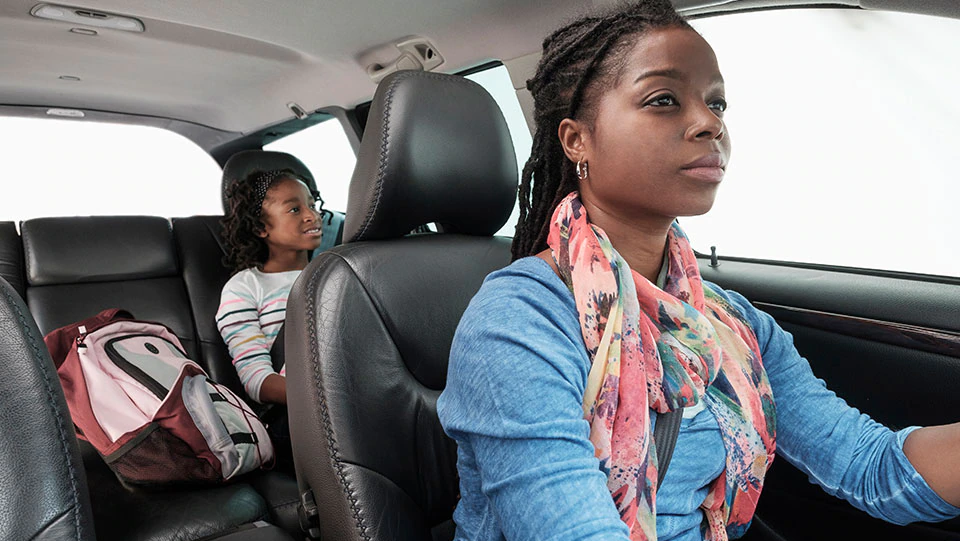Staying Safe in Work Zone Traffic


Roadwork can be frustrating, but it is a necessary fact of life for all drivers, whether you drive for a living, commute on a regular basis or run the occasional errand.
Delays and frustrations brought on by traffic jams caused by roadwork can make even the calmest person impatient. And that can be dangerous in a work zone: In 2014, auto accidents in work zones resulted in 669 fatalities and about 30,500 injuries.1
Driving in work zones does not have to be a stressful experience, though. Being mindful of those around you—both workers and other vehicles—can increase the safety of everyone on the road.
If your driving route includes work zones, here are a few things to keep in mind to help promote maximum safety and minimum stress. When entering a work zone:
- Be prepared for the unexpected: Situations can change quickly in work zones. Traffic could slow or stop unexpectedly, traffic lanes can merge, or equipment and workers can enter the roadway. Be aware and be prepared.
- Slow down: More than one-third of fatal accidents in work zones are caused by speeding.1 Obey the posted speed limit, even if you do not see any work currently in progress.
- Obey road crew flaggers and road signs: Flaggers and warning signs are there to help all drivers move safely through the work zone.
- Keep a safe following distance: Rear-end collisions account for 30% of work zone accidents.1 Keep a safe distance between you and other cars, construction workers and equipment to help avoid accidents.
Once you are in a work zone, it is important to maintain a safe speed and keep your eyes—and ears—focused on what is going on around you. Specifically:
- Stay alert and focused: Your full attention should be on the road. Never multitask while driving, especially through a work zone, where activity is happening all around you.
- Keep up with traffic: Do not slow down to watch the roadwork, or you may cause an accident.
The safest—and least-stressful—plan is to avoid work zones altogether. Consider the following tips:
- Plan ahead: Before hitting the road, check traffic reports for any delays. Some smartphone map apps now offer real-time traffic information, including accidents and construction zones.
- Leave early: If you know you will have to drive through a work zone, give yourself a few extra minutes to reach your destination on time.
- Be patient: While roadwork can be an inconvenience, remember that the crews are working to improve roads and make everyone's drive safer.
With a little foresight—and a lot of patience—driving through a work zone can be safe and stress-free for everyone on the road, drivers and workers.
Source
1 http://www.ops.fhwa.dot.gov/wz/docs/nwzaw2014factsheet/nwzaw2014factsheet.pdf



